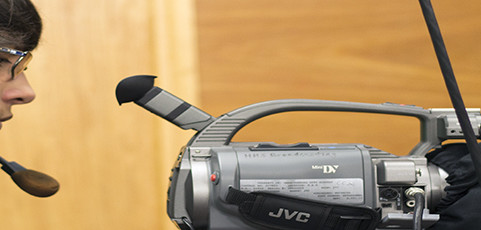The value of using social media
Mobile phones, tablets, laptop computers and other devices make it possible for teens to stay connected virtually every moment of their waking lives. As a result, much of the information they gain about their school, community and world at large comes from online sources – in particular, social media.
In the 2011 “Future of the First Amendment” survey of more than 12,000 high school students and 900 teachers sponsored by the John S. and James L. Knight Foundation, researcher Dr. Kenneth Dautrich found that nearly two-thirds of high school students obtain news and information from the Internet at least several times a week, while half use mobile devices such as iPhones and Blackberrys for the same purpose. More than three-quarters of high school students use social media such as Facebook, Twitter and Tumblr at least several times a week for news and information – and nearly half spend some time seeking information about what is happening at school.





